Likes
- The styling
- The image
- Entertaining driving experience
- Unique interior design
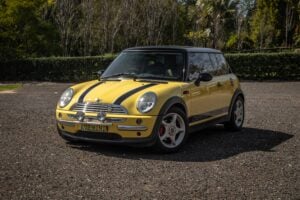
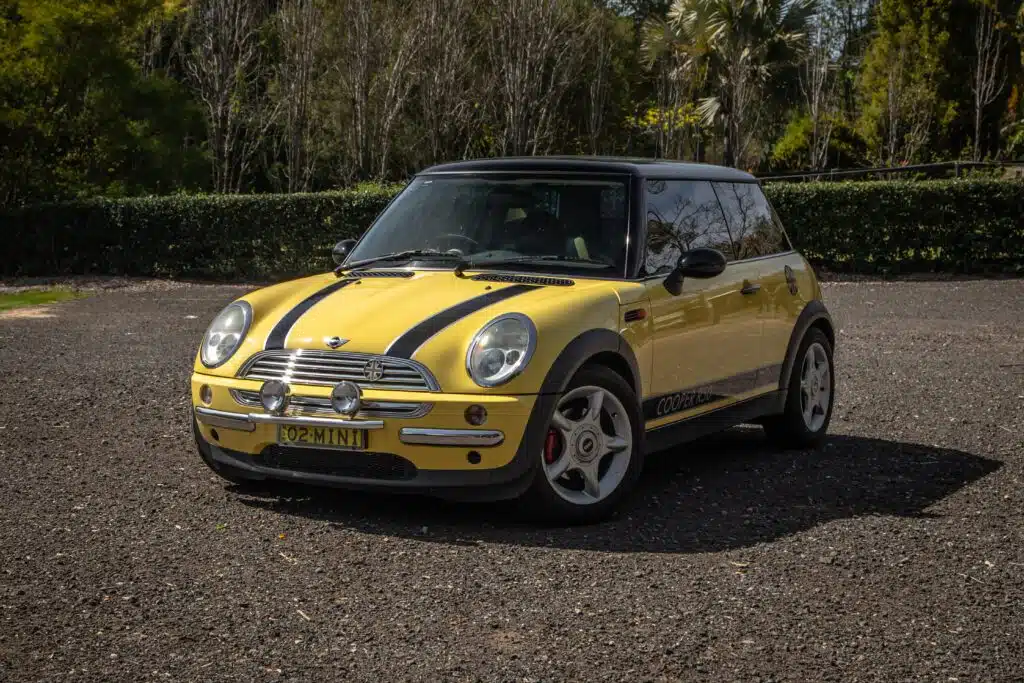
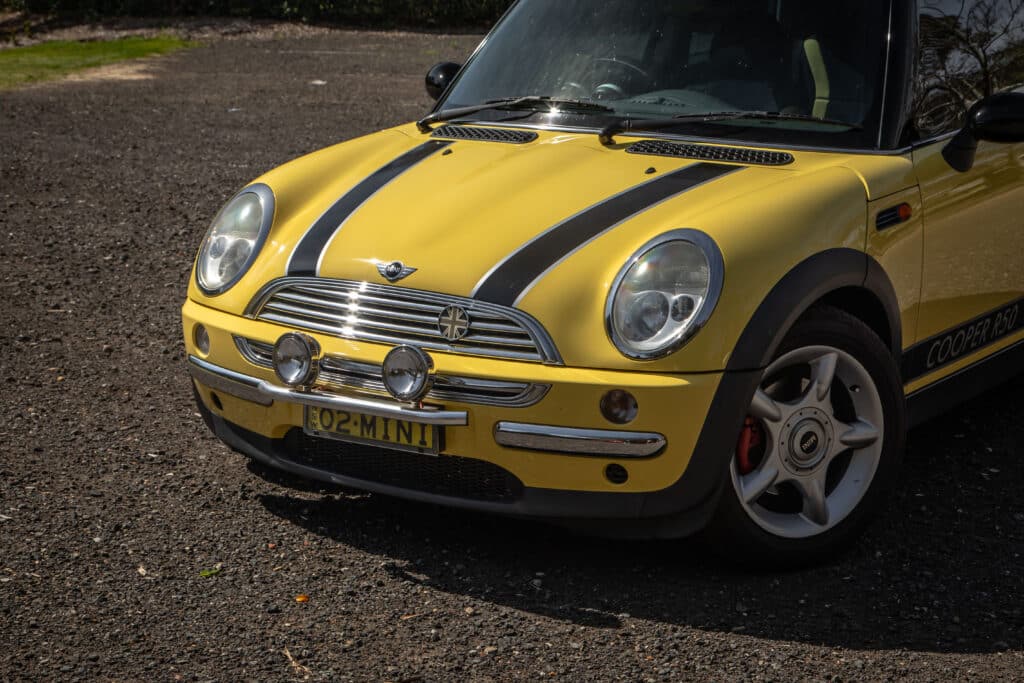
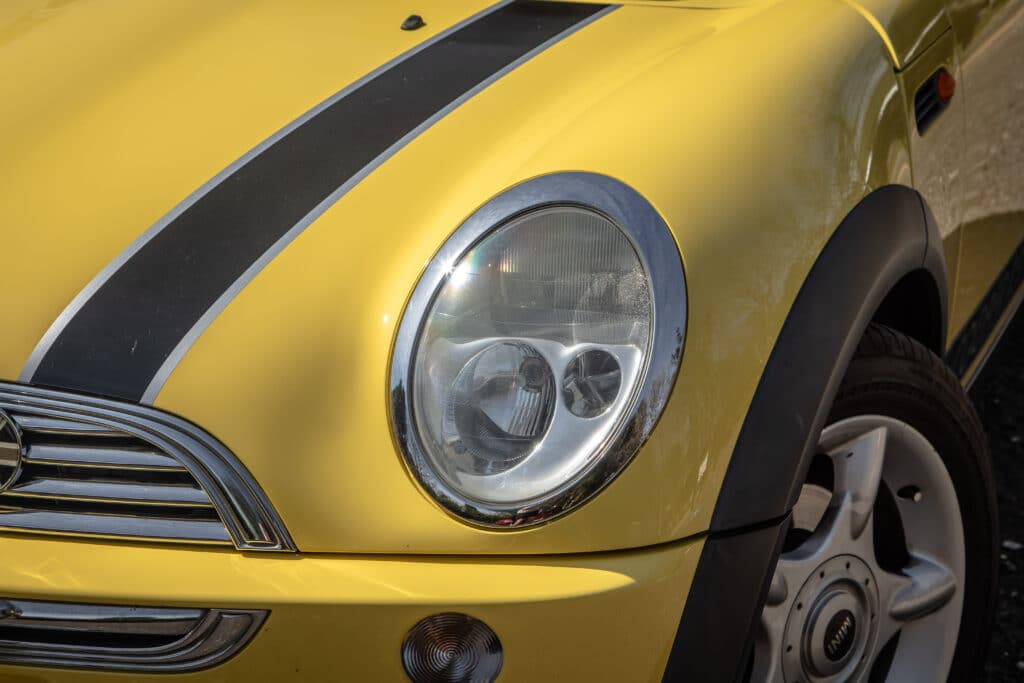
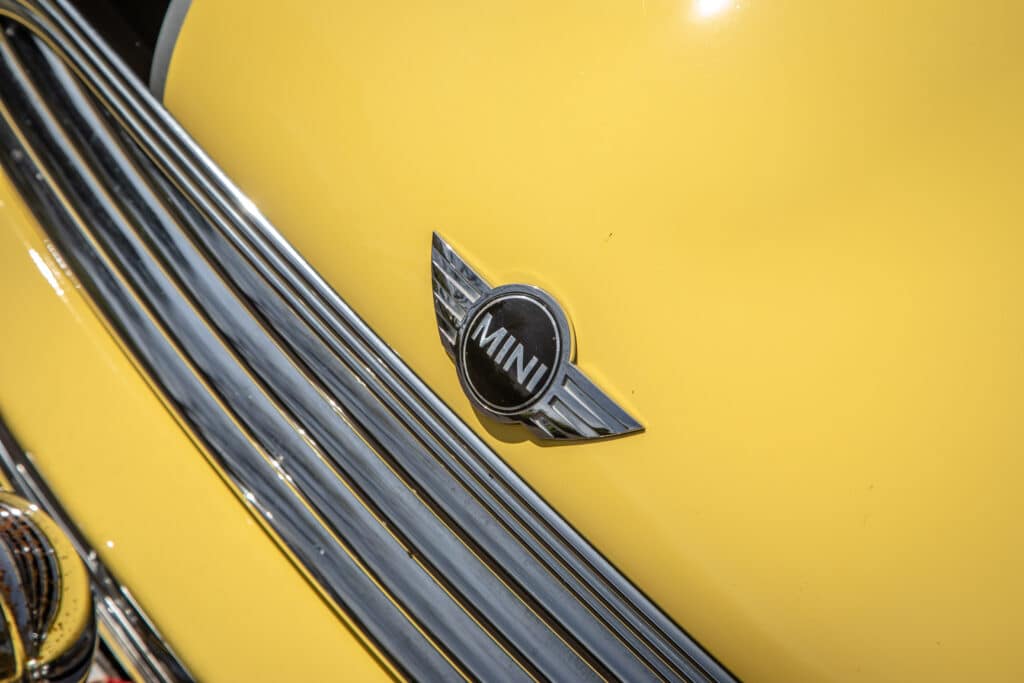

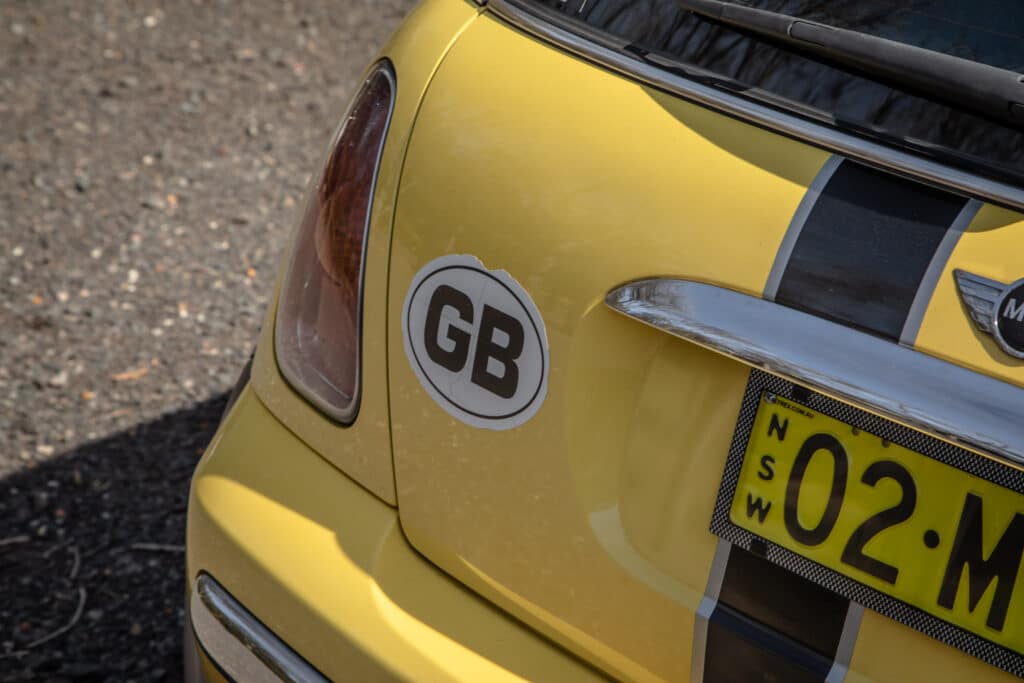
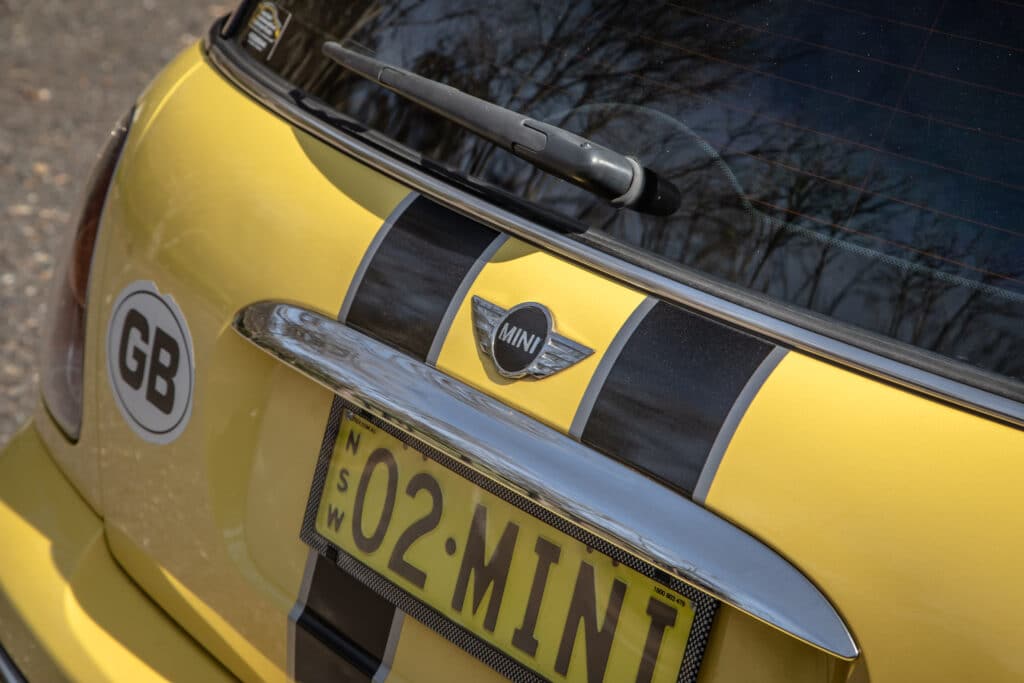

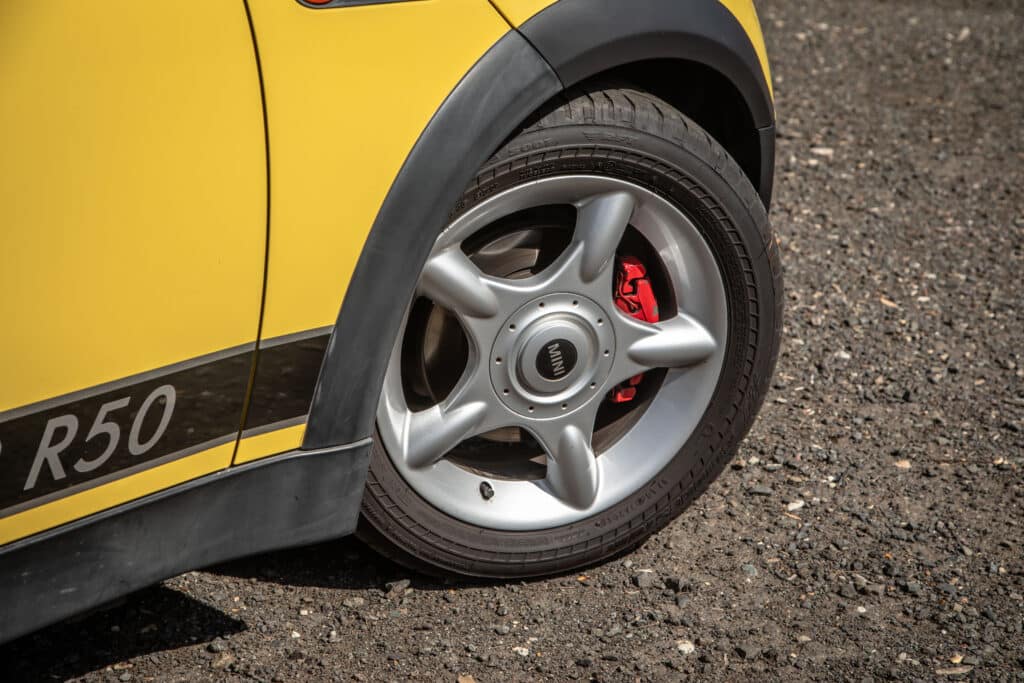
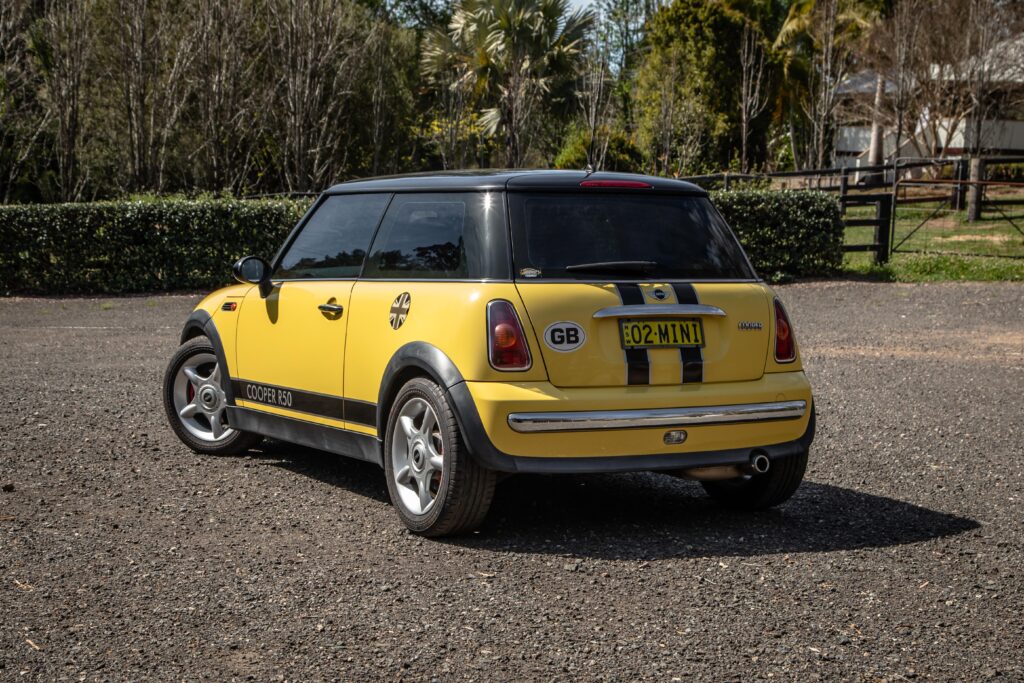
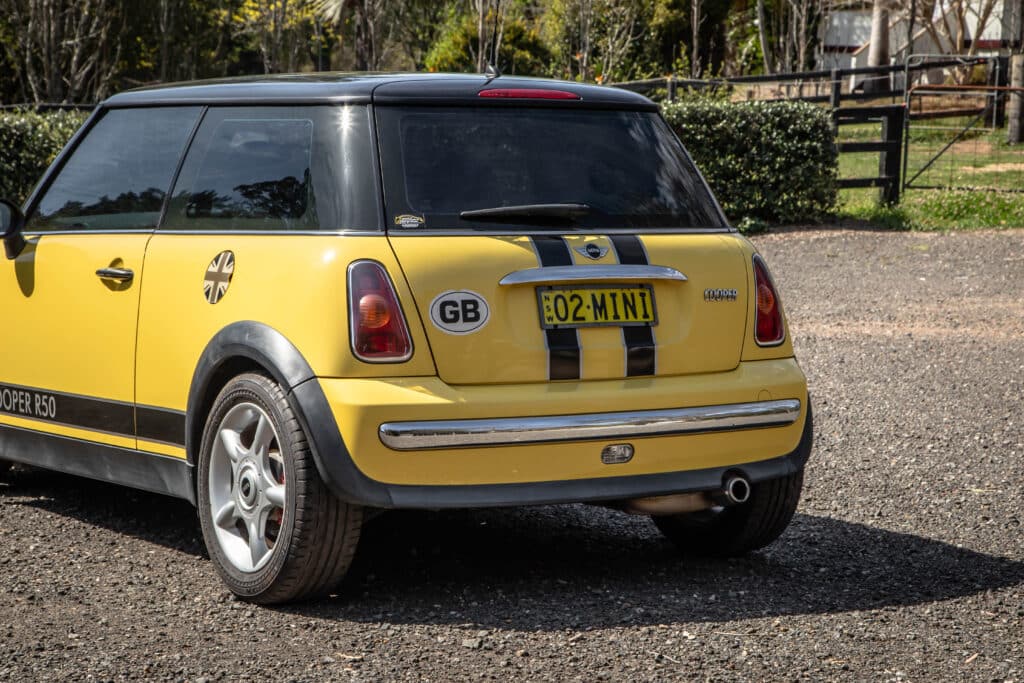

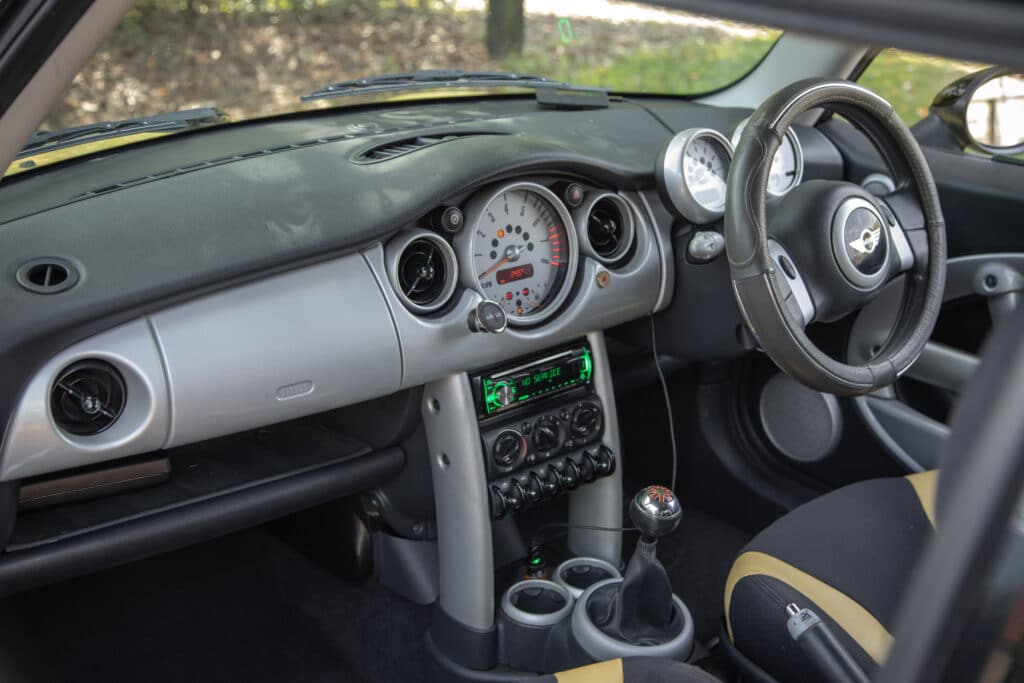
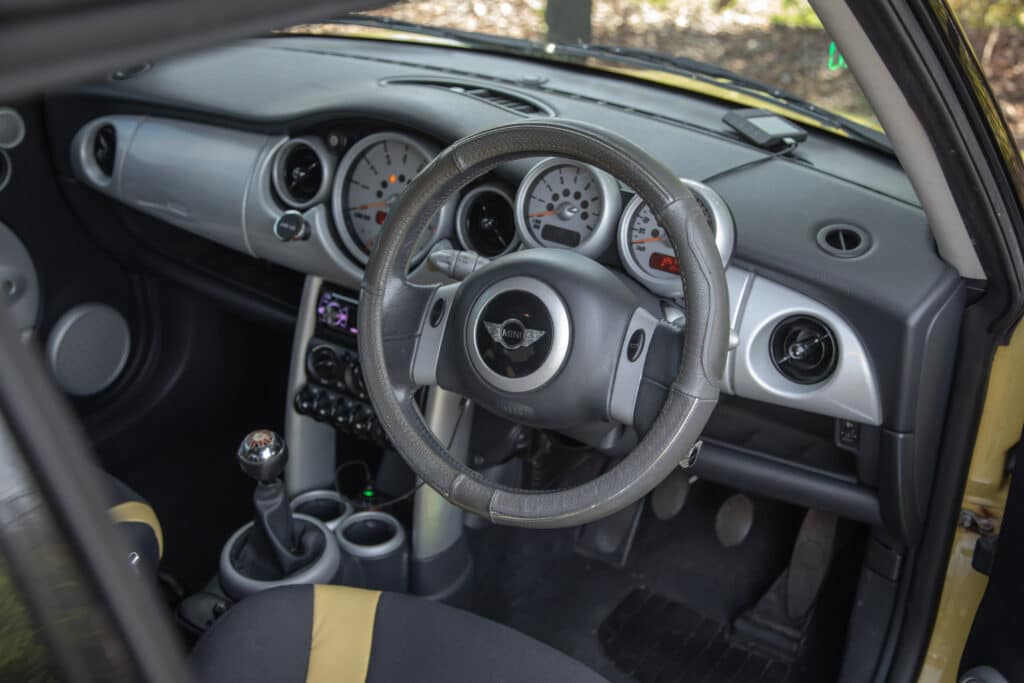
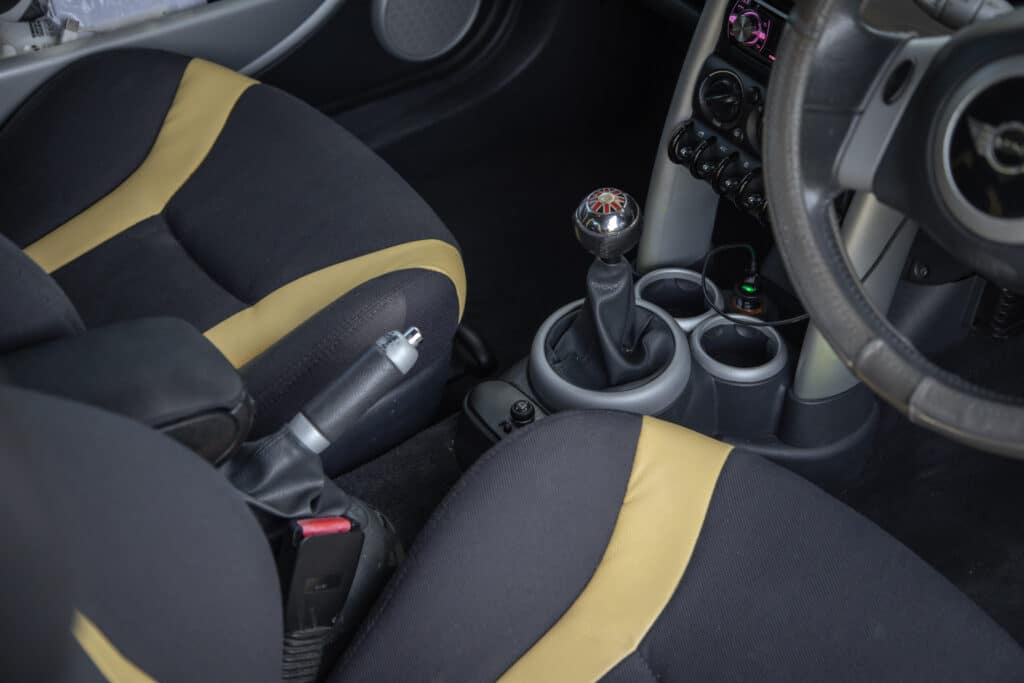
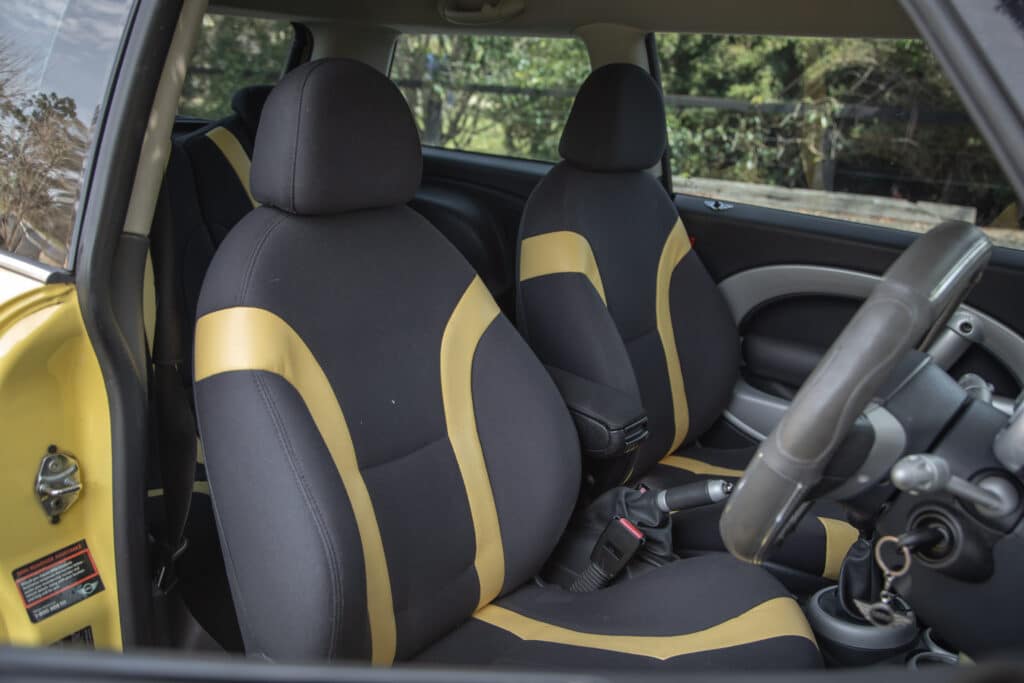
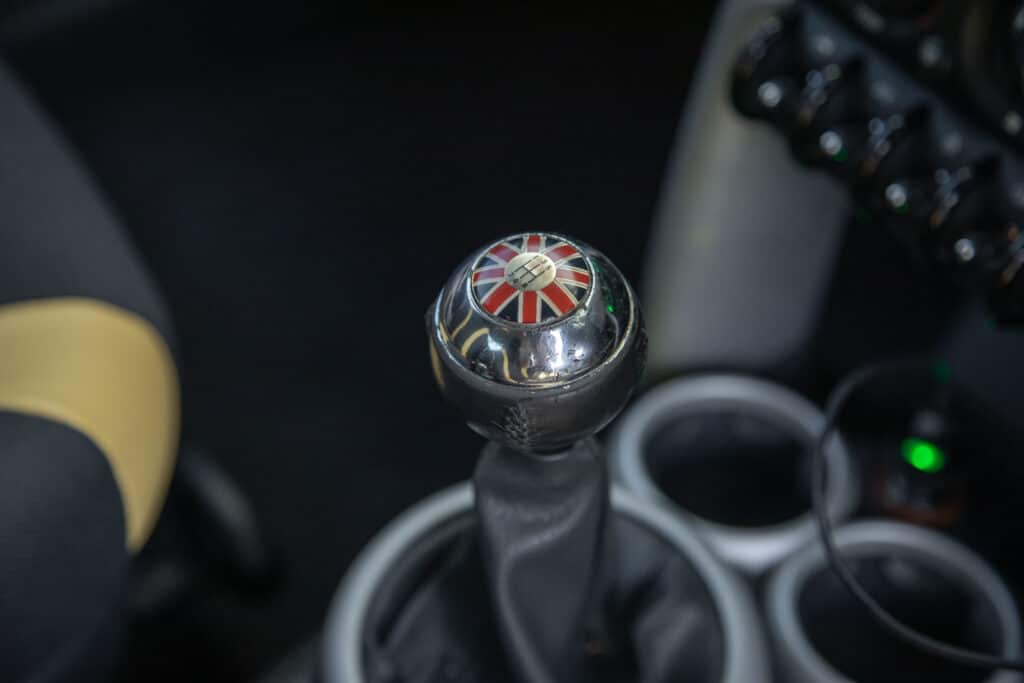
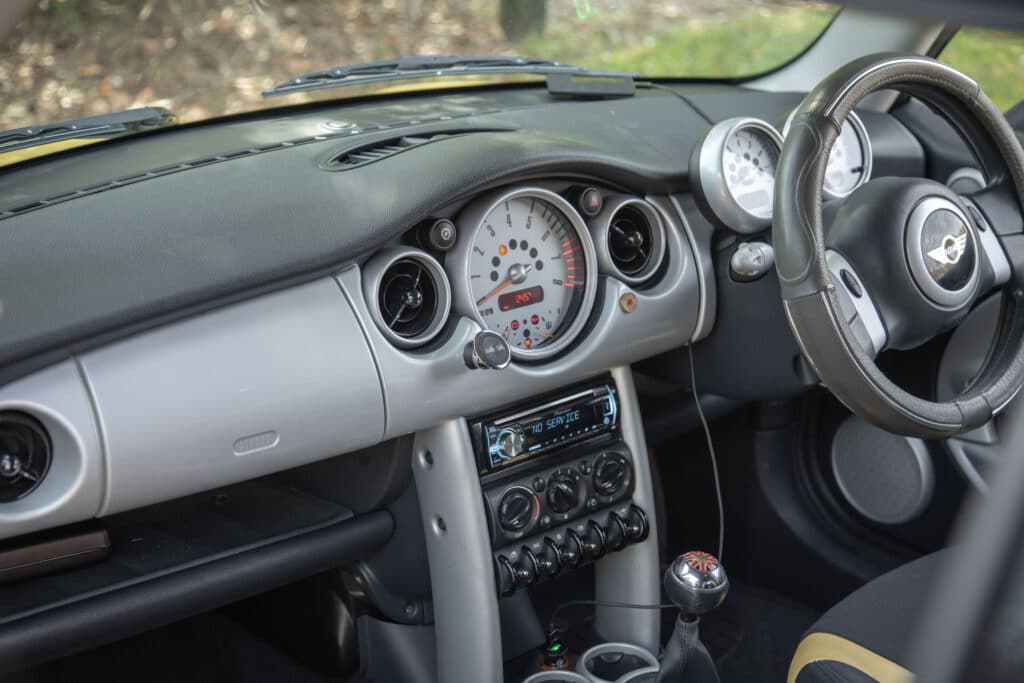
An iconic english nameplate now owned by giant German automotive manufacturer BMW, designed by a Moroccan-born American, powered by an engine made in Brazil by a company part owned by American car giant Chrysler and bolted together in the UK. The first-generation Mini hatch may have possibly been one of the most multicultural vehicles on the market.
While the styling, image and driving enjoyment are important factors in the Mini’s attraction and success, now this generation has been around for nearly two decades, more than a few reliability and mechanical issues are beginning to rear their head.
Plus a downside to the sharp handling and dynamic driving experience is that, after many years and thousands of kilometres, the ride has become fairly harsh, all the more so on rough Aussie roads and therefore the interior trim can sound and feel like it is attempting to self-destruct.
This first generation of the new Mini also received a facelift in 2004 for the upcoming 2005 model year, receiving some exterior aesthetic changes that we’ll cover below, but aside from the looks, this update brought with it an improvement in equipment and interior materials, a Getrag five-speed manual transmission for the base Cooper and some very worthy mechanical changes under the skin, especially in terms of the Cooper S.
We understand the Mini’s appeal, but these days, nearly 20 years on and thousands of kilometres later, buying one requires much caution.
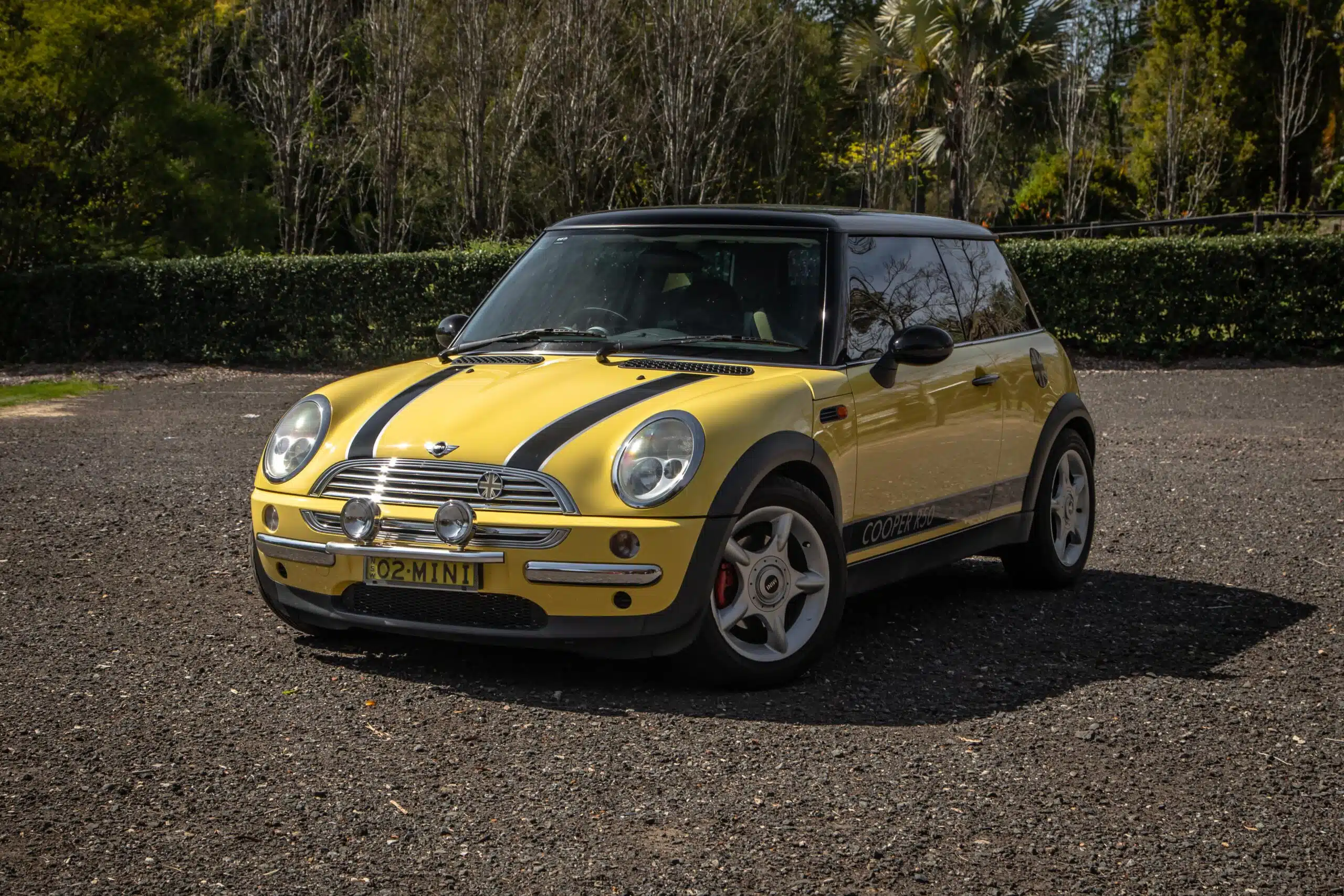
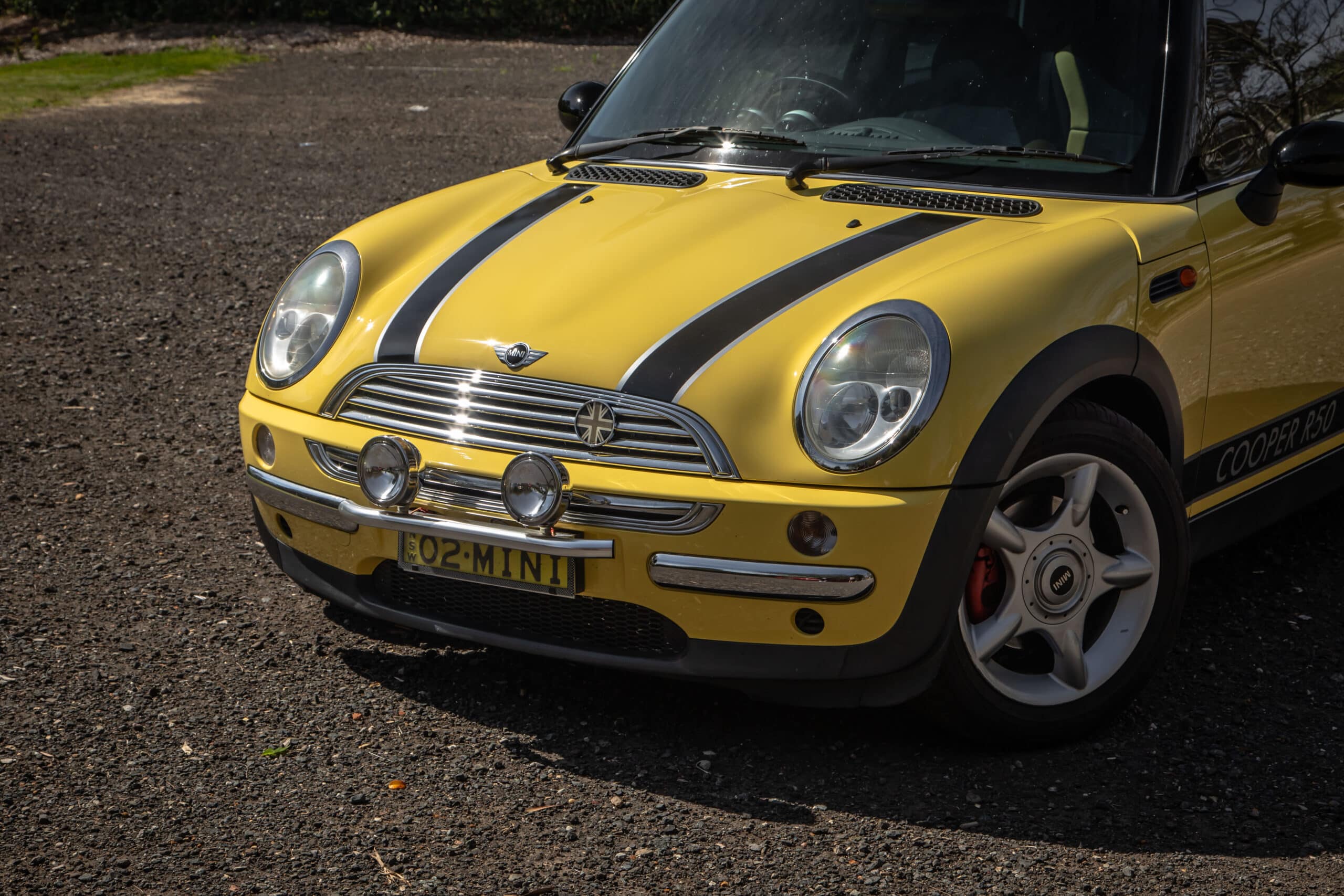
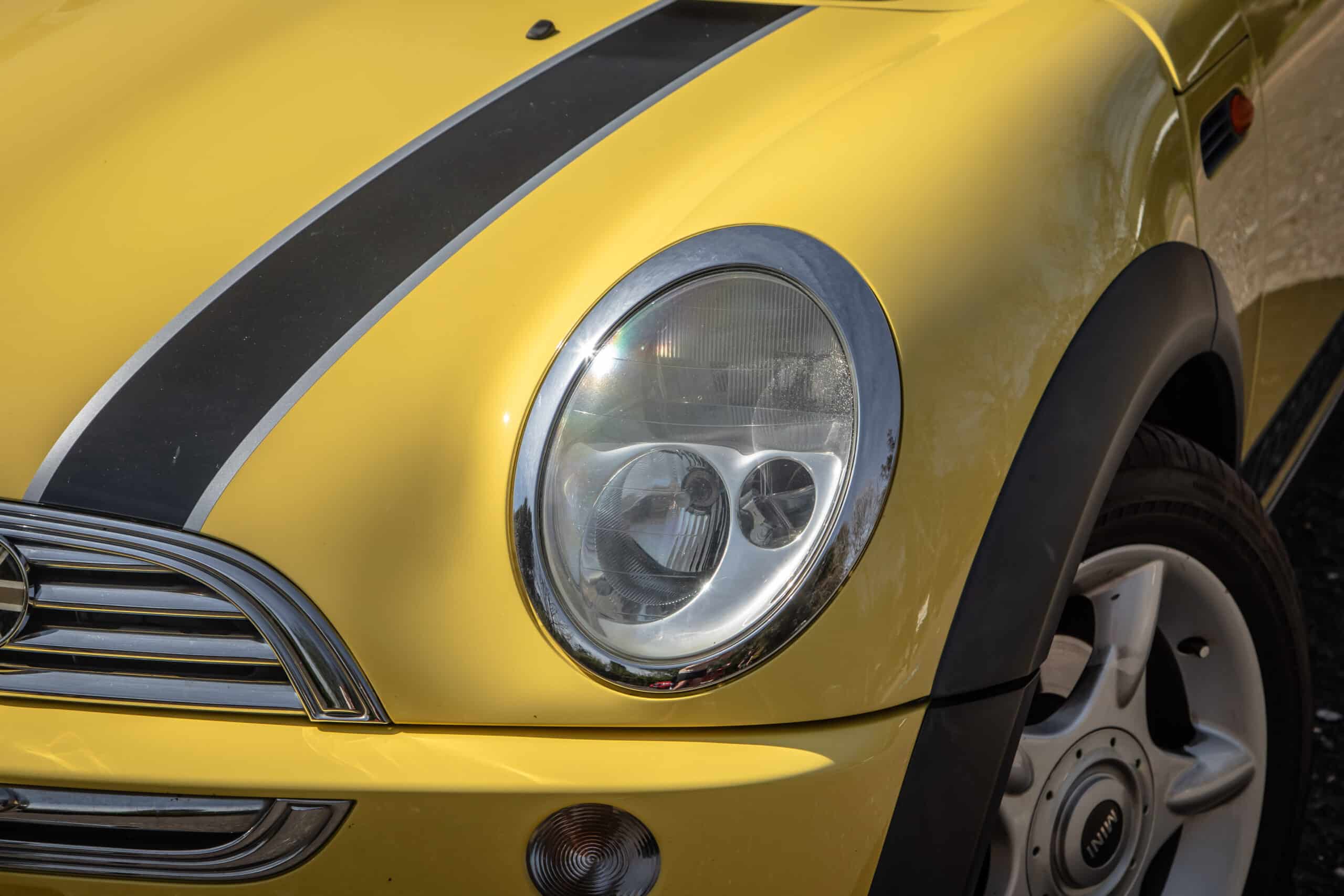
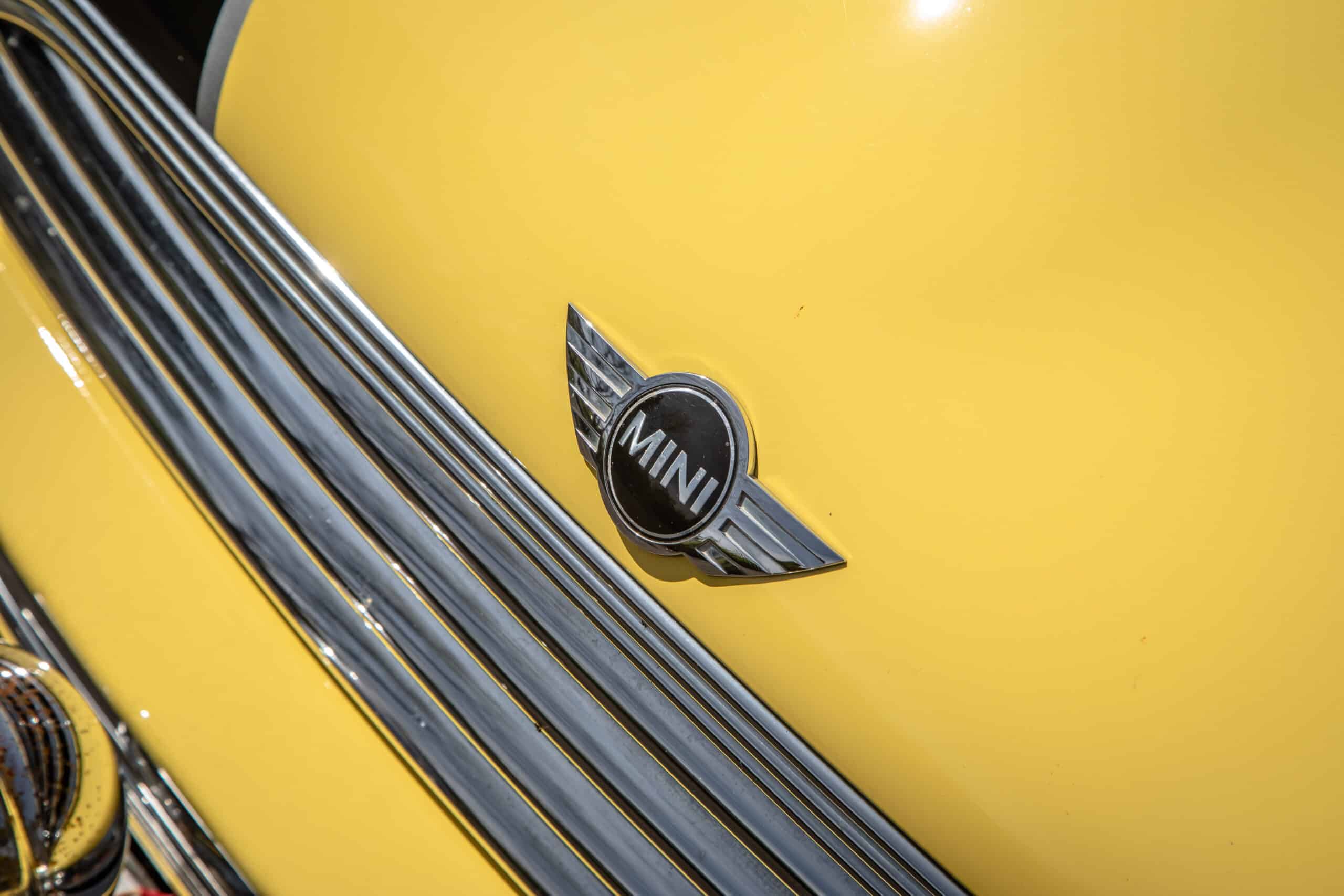
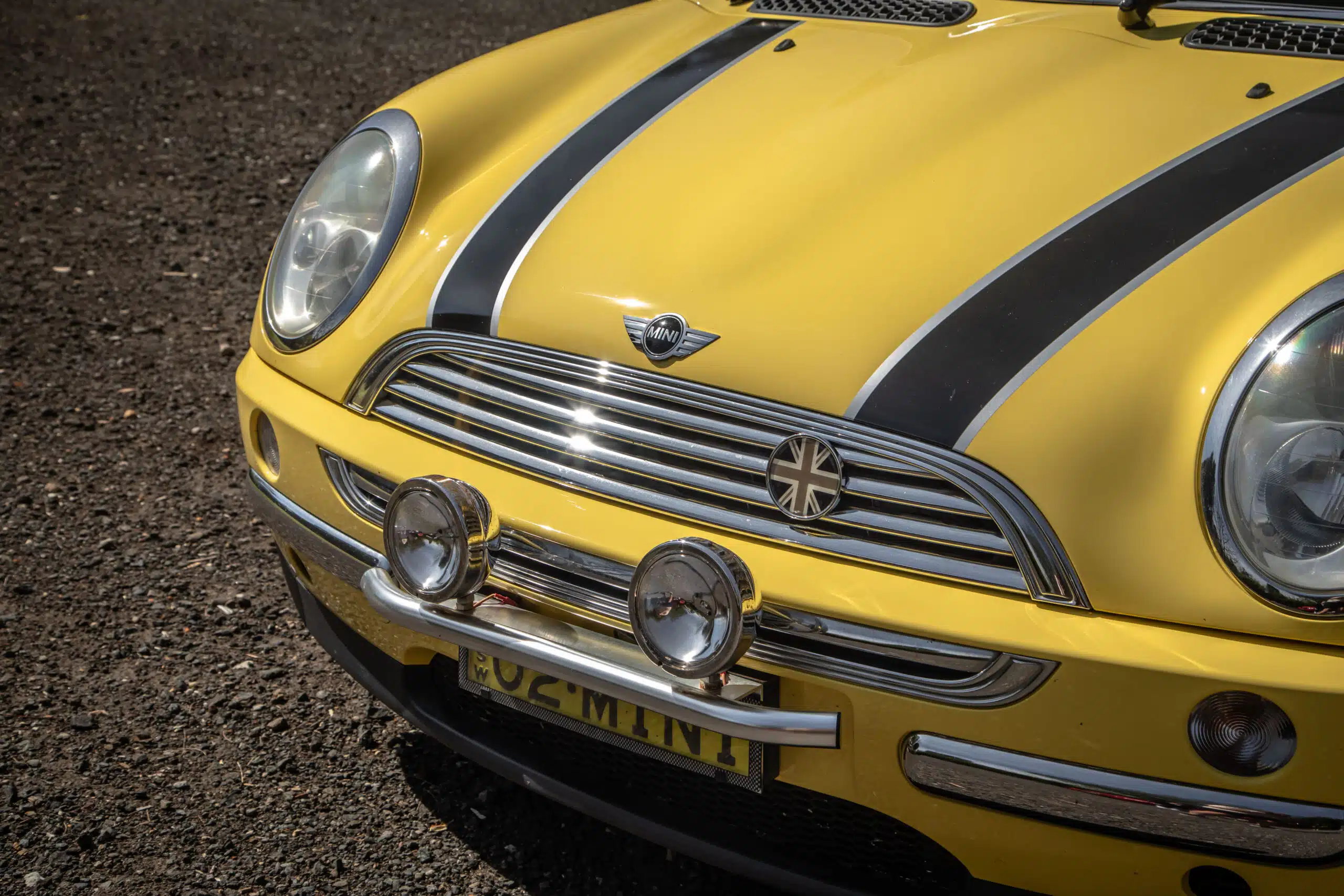
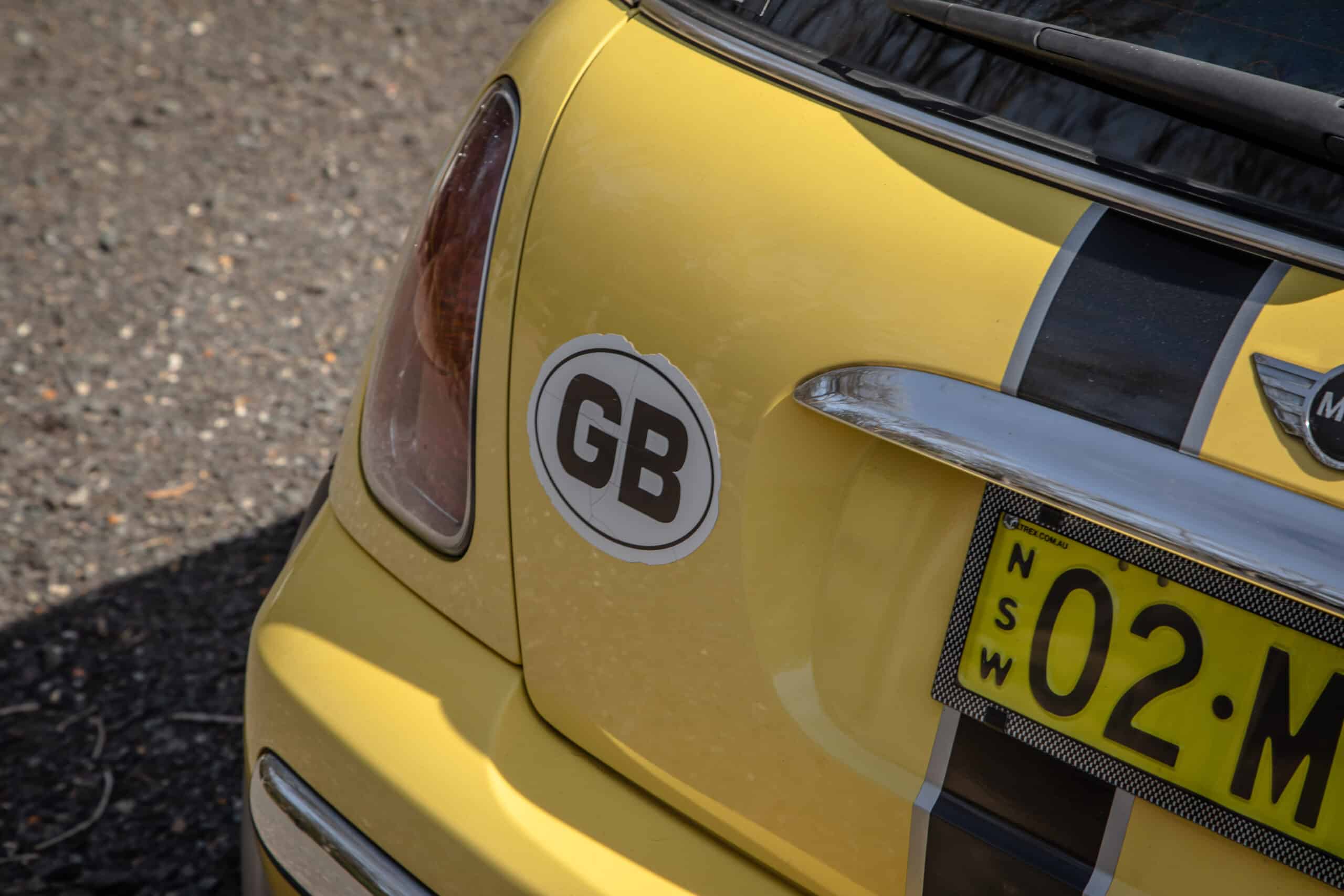
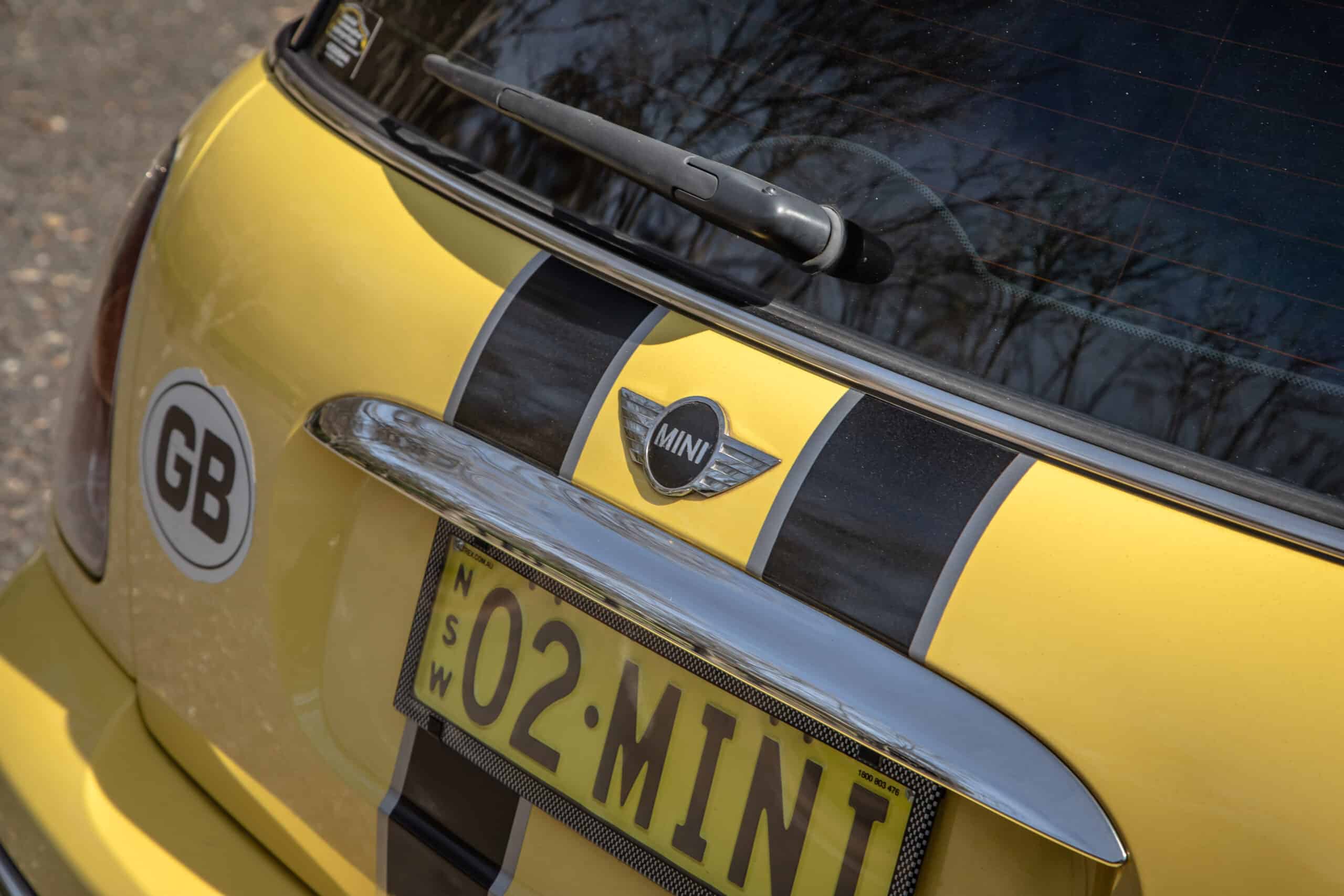
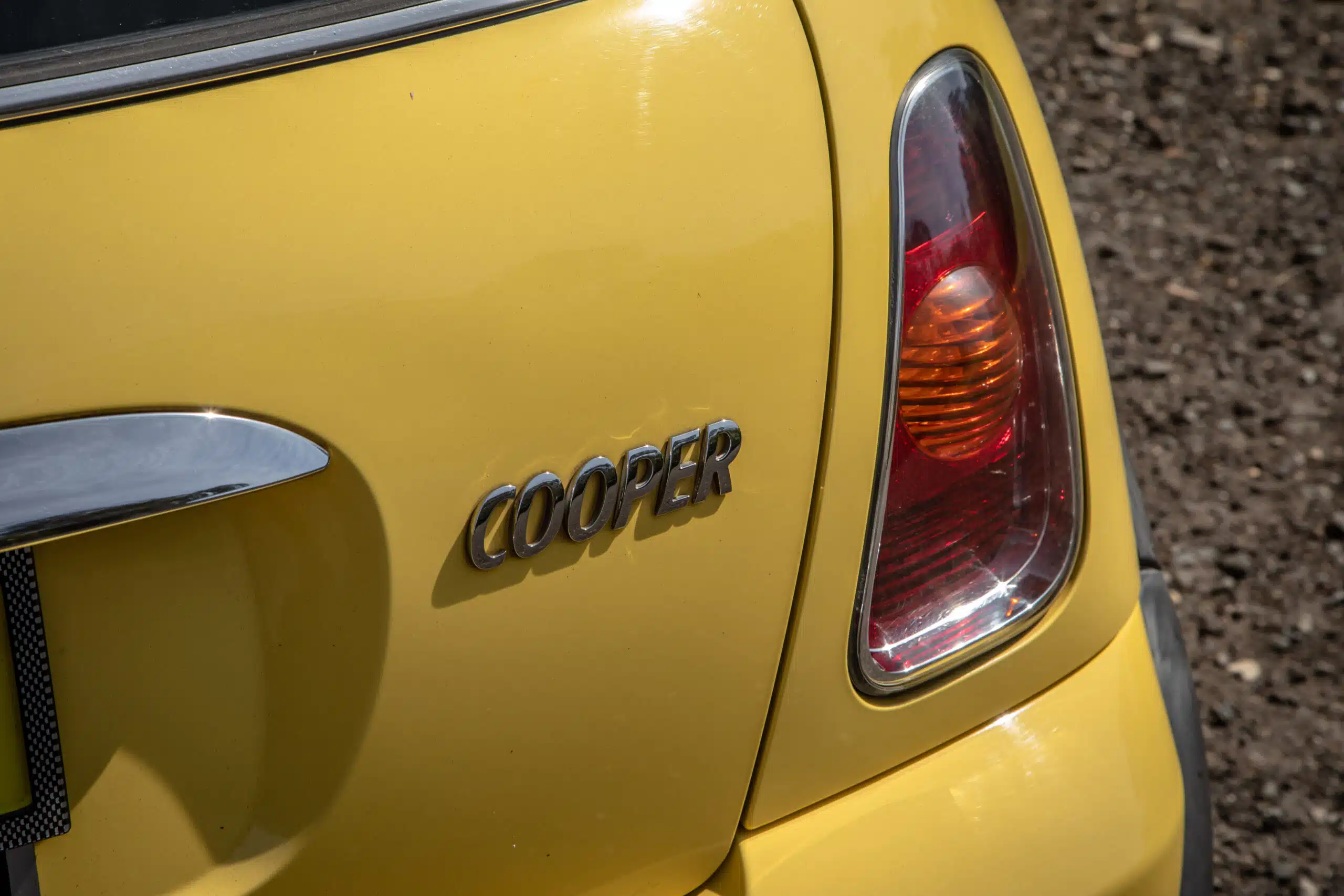
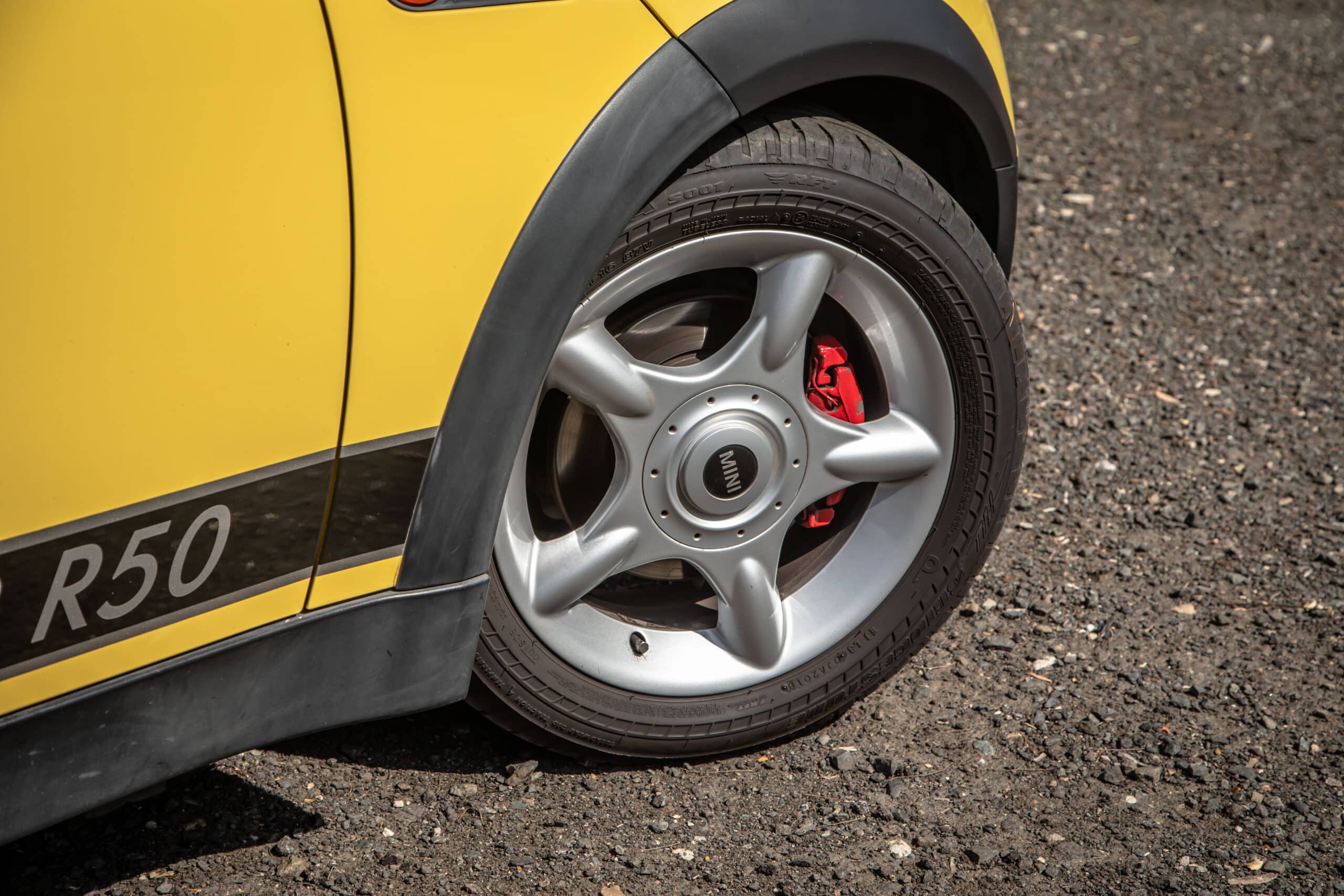
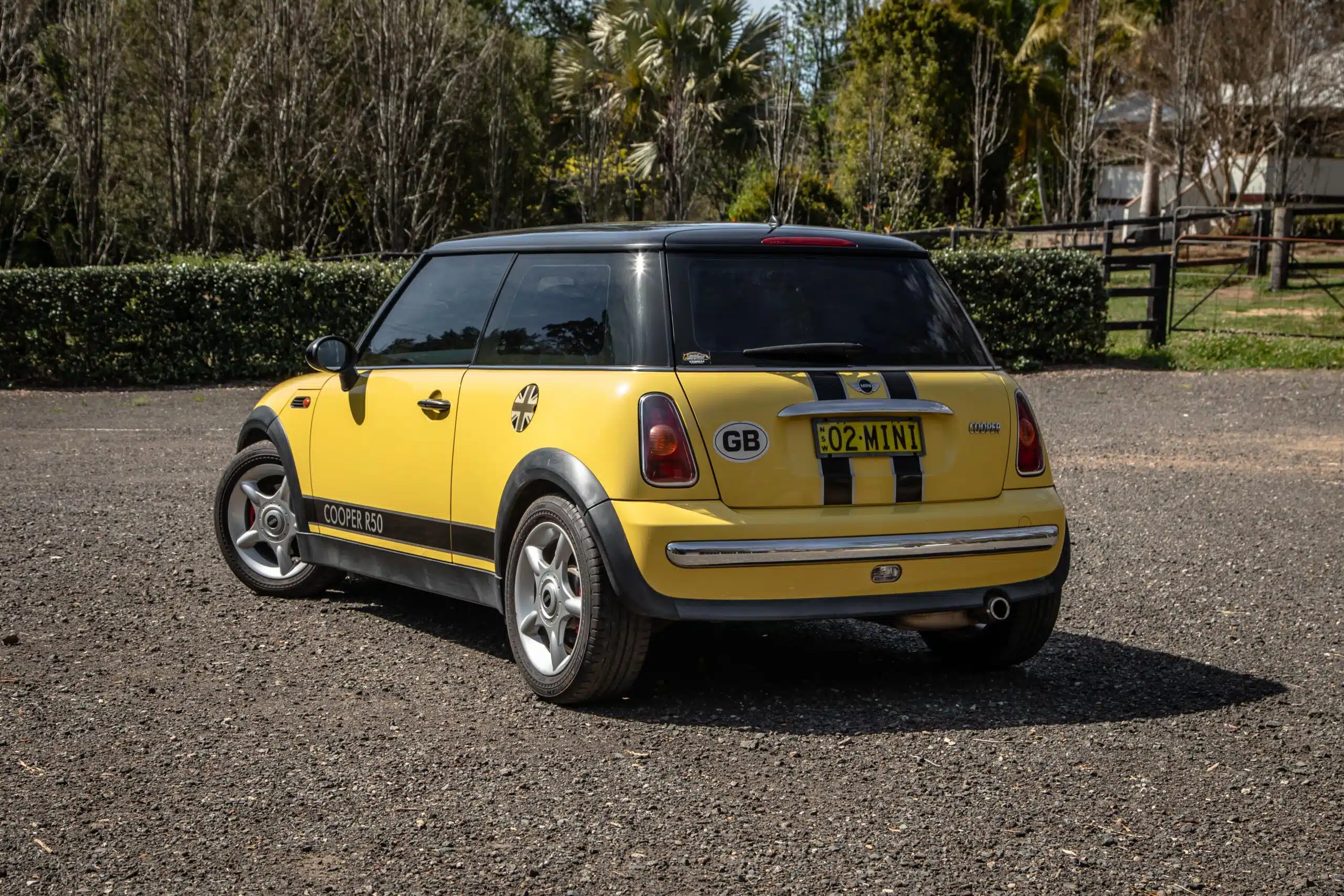
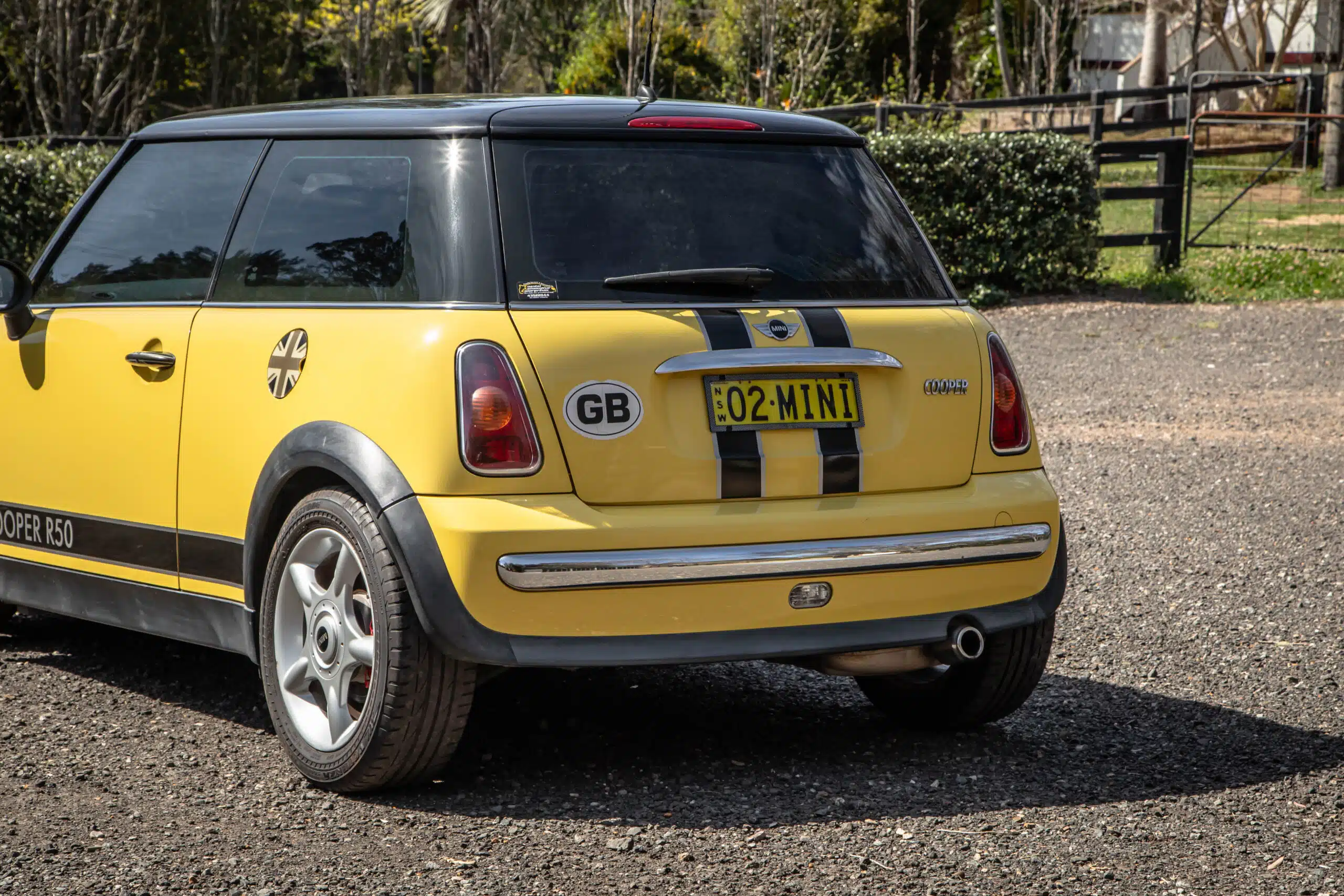
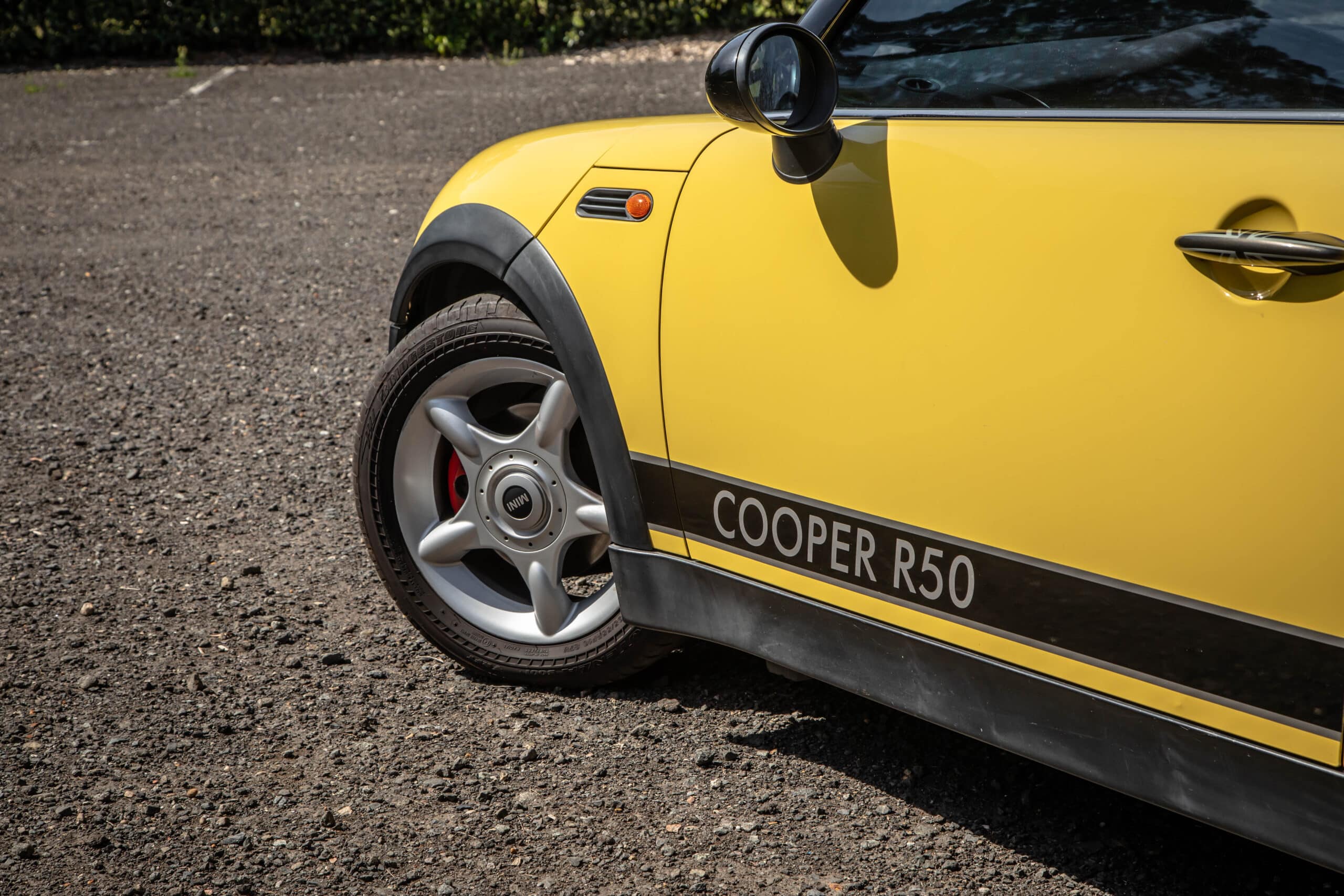
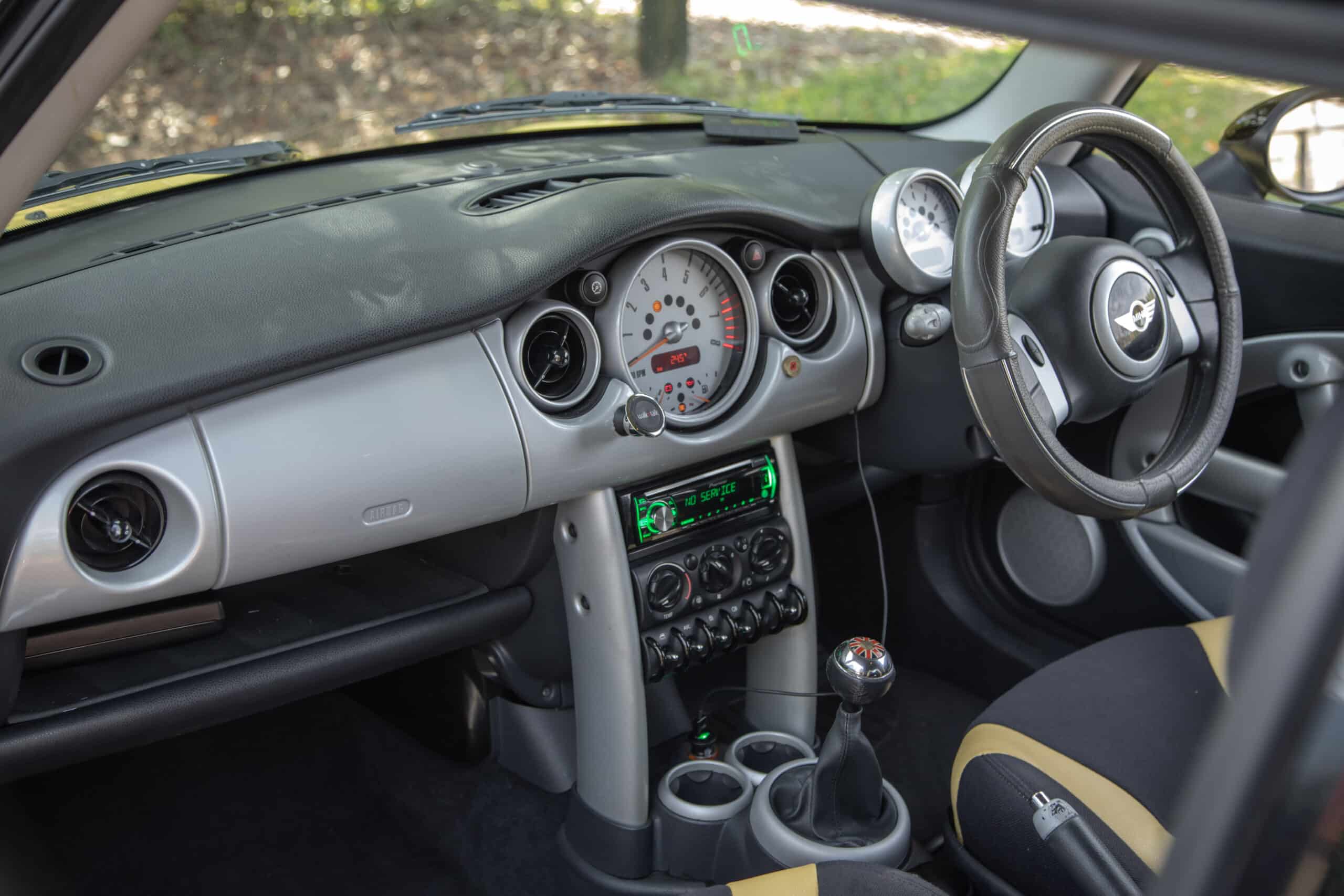
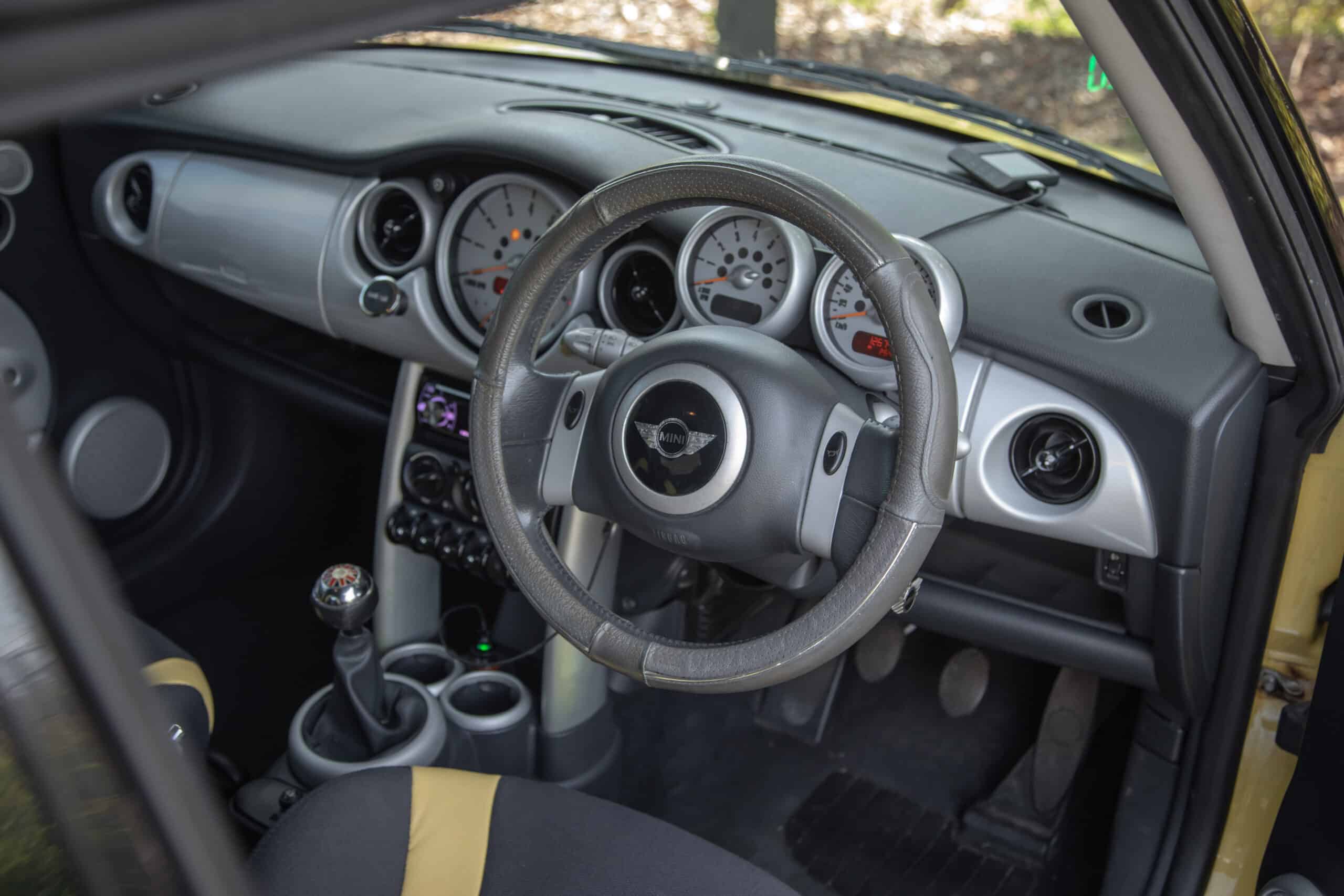
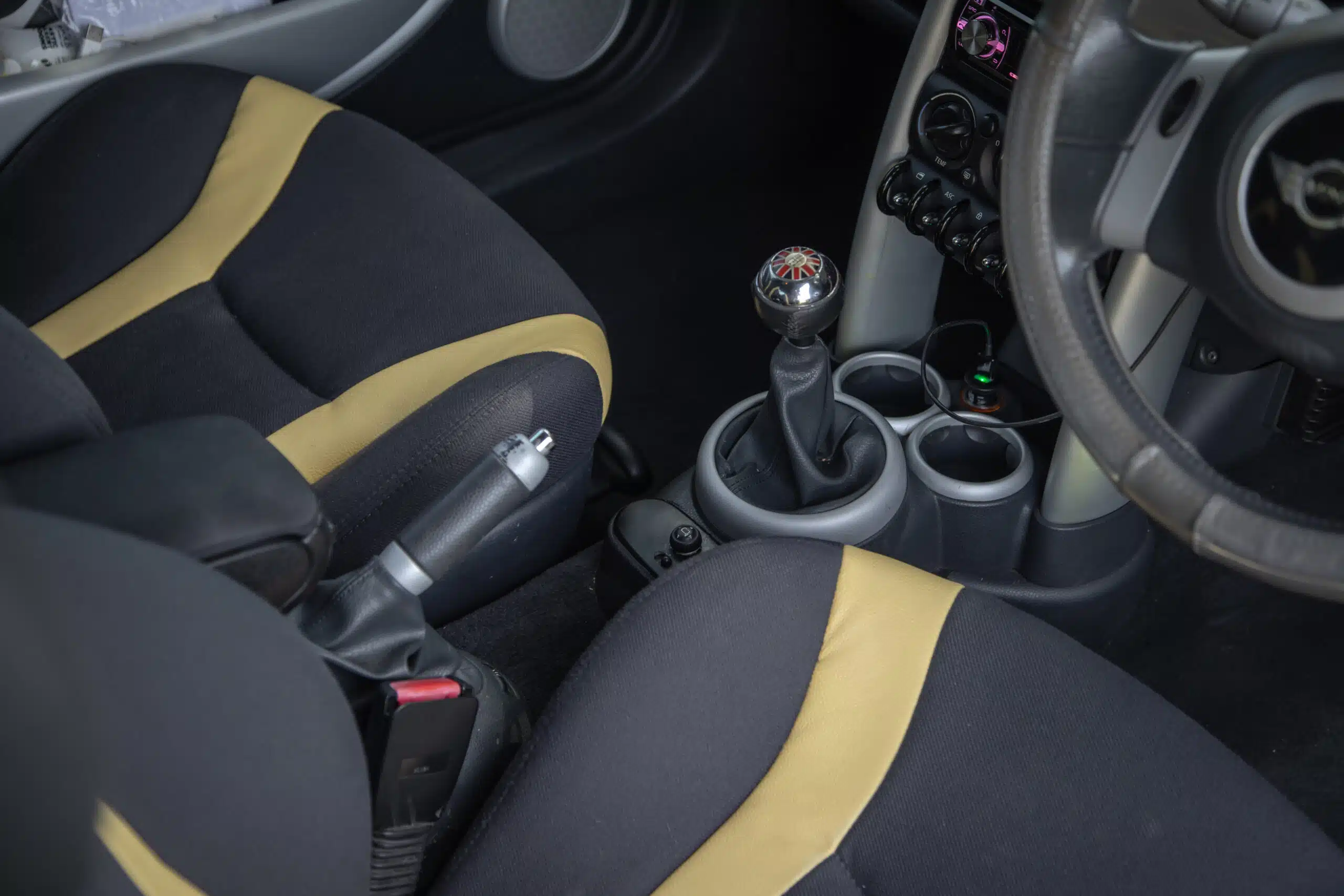
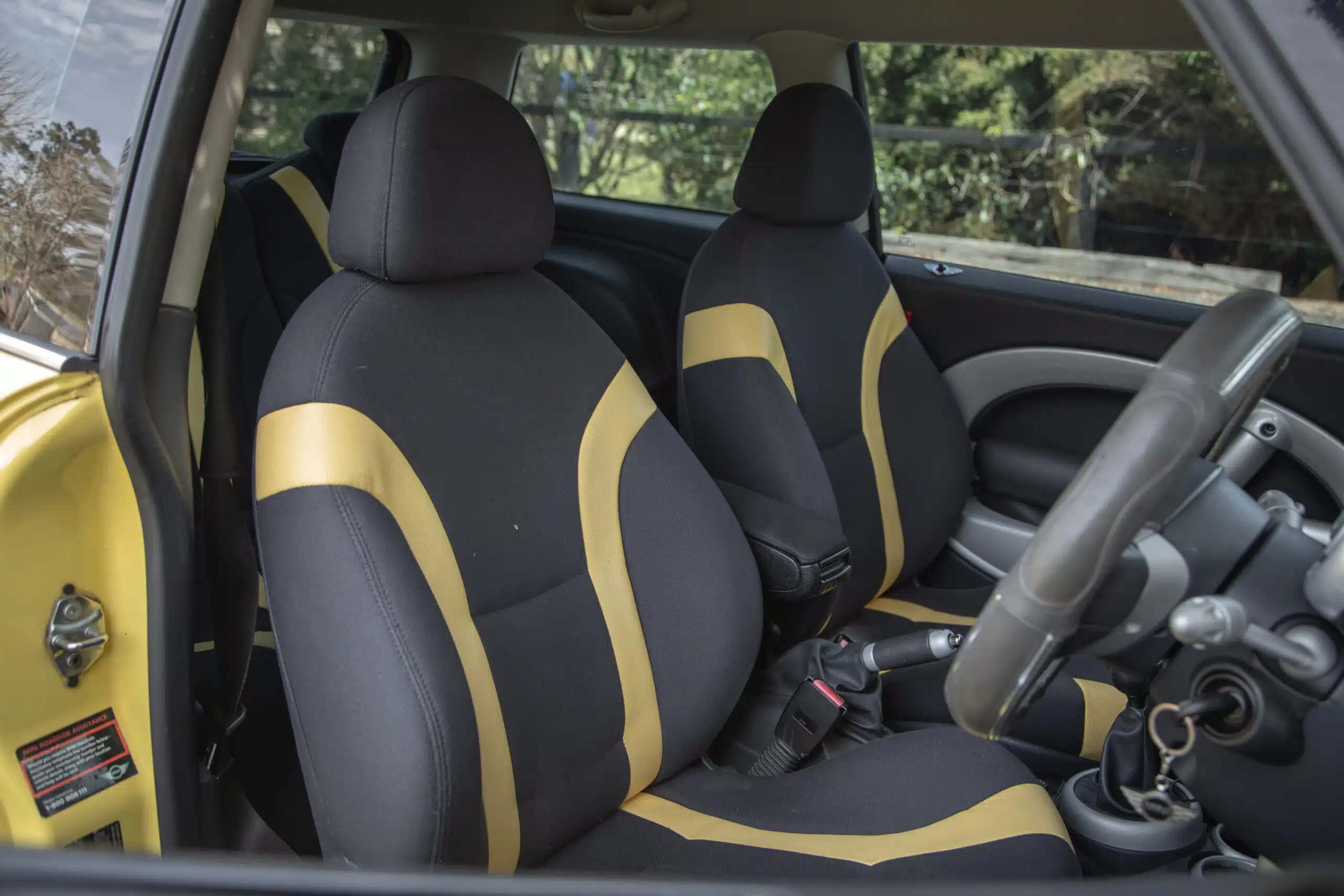
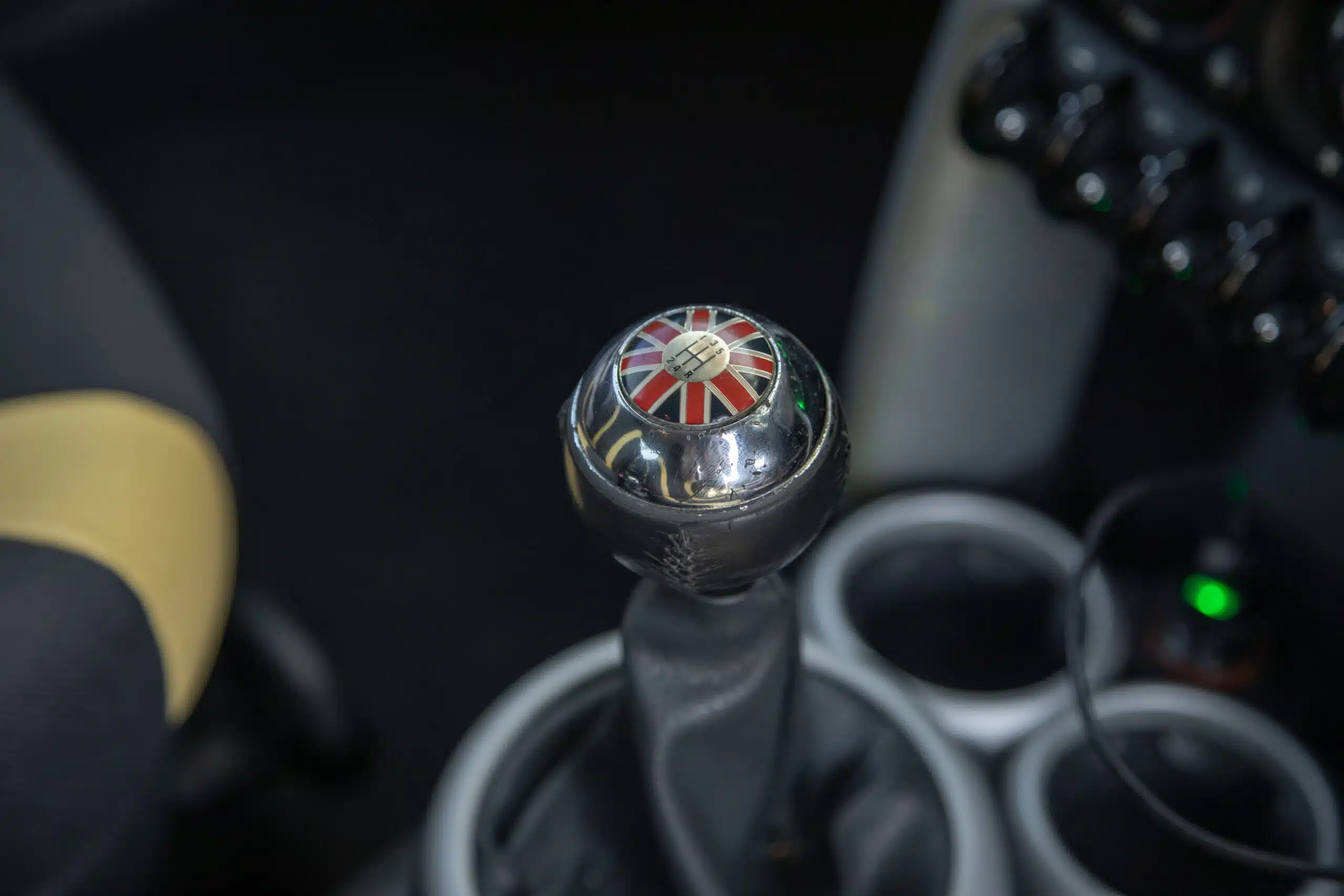
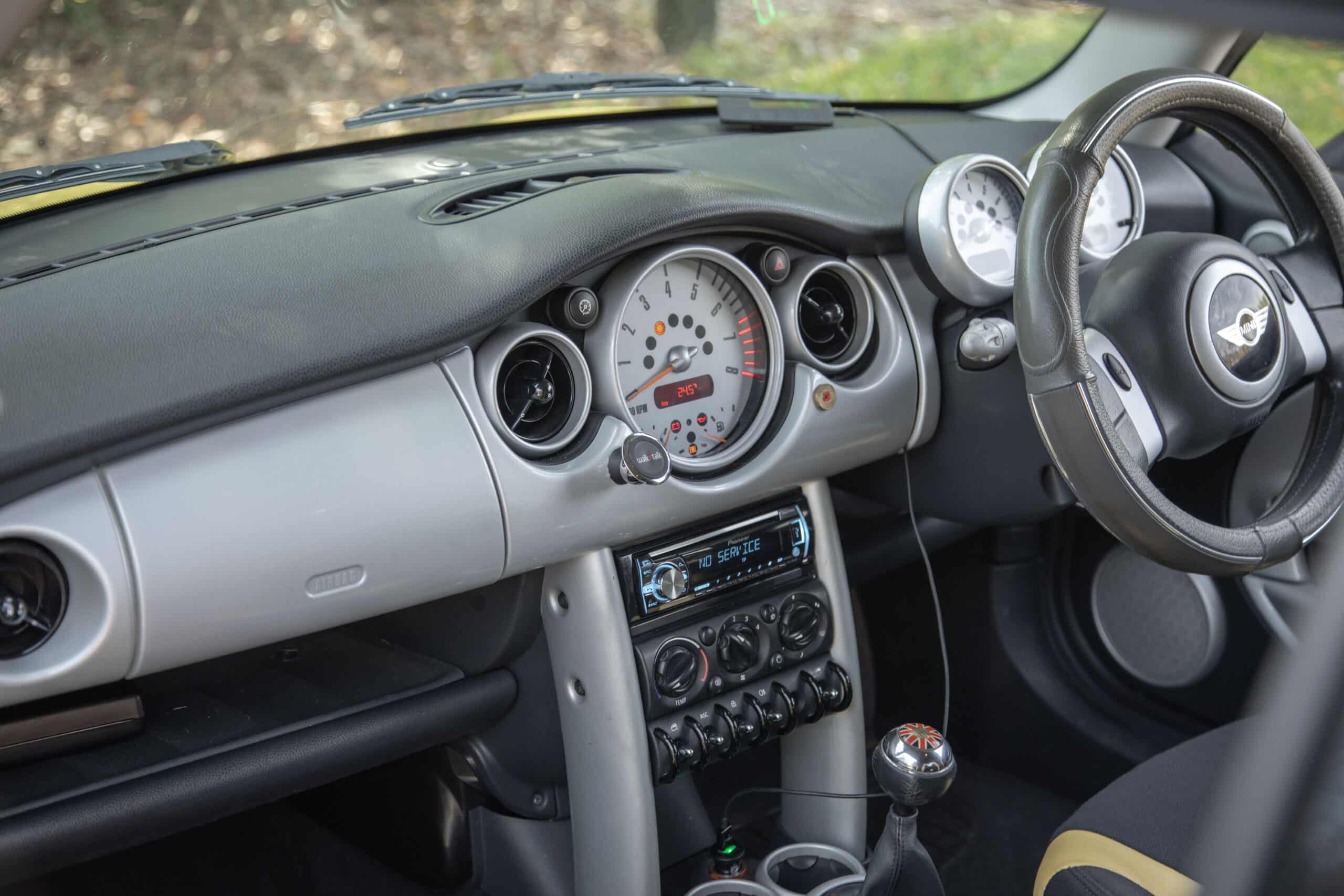


















We would love nothing more than to say yes as the Mini exudes cool, they’re fun to drive and they have become very affordable to buy, but no, you probably should not buy a Mini.
The cost of maintenance and upkeep will most likely just keep increasing, not to mention the length of time it could be sitting in your mechanic’s workshop or your garage waiting for repairs.
The only time we’d recommend buying a Mini is if you are a massive fan of the brand and you have managed to find a post-2004 unicorn example that has a perfect service history and has been thoroughly cared for.
If you are happy to work on it, maintain it constantly and are prepared for the financial and mental stress, buy the best one you can find, but unfortunately these Minis are few and far between.
Yes they are affordable to buy, exude such a unique and cool image but they are proving to be expensive to maintain and unfortunately, no amount of cool makes up for the anxiety that comes with the potential of impending mechanical failure.
We would love nothing more than to say yes as the Mini exudes cool, they’re fun to drive and they have become very affordable to buy, but no, you probably should not buy a Mini.
The cost of maintenance and upkeep will most likely just keep increasing, not to mention the length of time it could be sitting in your mechanic’s workshop or your garage waiting for repairs.
The only time we’d recommend buying a Mini is if you are a massive fan of the brand and you have managed to find a post-2004 unicorn example that has a perfect service history and has been thoroughly cared for.
If you are happy to work on it, maintain it constantly and are prepared for the financial and mental stress, buy the best one you can find, but unfortunately these Minis are few and far between.
Yes they are affordable to buy, exude such a unique and cool image but they are proving to be expensive to maintain and unfortunately, no amount of cool makes up for the anxiety that comes with the potential of impending mechanical failure.
We would love nothing more than to say yes as the Mini exudes cool, they’re fun to drive and they have become very affordable to buy, but no, you probably should not buy a Mini.
The cost of maintenance and upkeep will most likely just keep increasing, not to mention the length of time it could be sitting in your mechanic’s workshop or your garage waiting for repairs.
The only time we’d recommend buying a Mini is if you are a massive fan of the brand and you have managed to find a post-2004 unicorn example that has a perfect service history and has been thoroughly cared for.
If you are happy to work on it, maintain it constantly and are prepared for the financial and mental stress, buy the best one you can find, but unfortunately these Minis are few and far between.
Yes they are affordable to buy, exude such a unique and cool image but they are proving to be expensive to maintain and unfortunately, no amount of cool makes up for the anxiety that comes with the potential of impending mechanical failure.
Have ultimate peace of mind when buying a used car by purchasing an official PPSR report.
Please note that pricing information is subject to fluctuations in the automotive market.
Information correct as of Feb 23, 2024.
The advice provided on this website is general advice only. It has been prepared without taking into account your objectives, financial situation or needs. Before acting on this advice, you should consider the appropriateness of the advice, having regard to your own objectives, financial situation and needs.
Read our full terms and conditions here.
You are the best, the content in your videos is so helpful, delivered in a great way. Please keep going as for sure you are unique in every way. All the best from Guatemala
L. G. - YouTube
You guys have truly found something wonderful… Loved this channel ever since from the beginning… Will support you guys as long as you guys keep making these wonderful car reviews…
Calvin - YouTube
This is probably the best channel I have ever seen when reviewing vehicles. New or old. The honesty is so appreciated. I’ve been a mechanic for 20 years and I find it very informative when looking for a vehicle for my daughter. Keep up the awesome work.
Jason T. - YouTube
© 2025 ReDriven All Rights Reserved